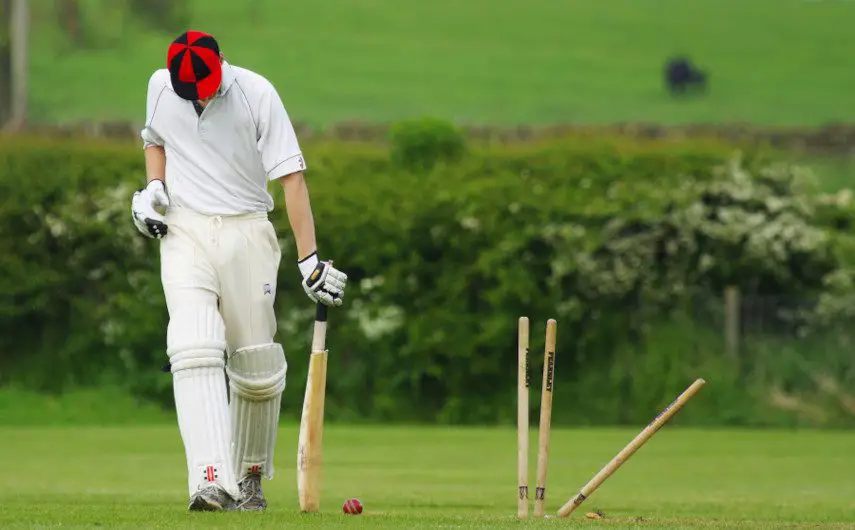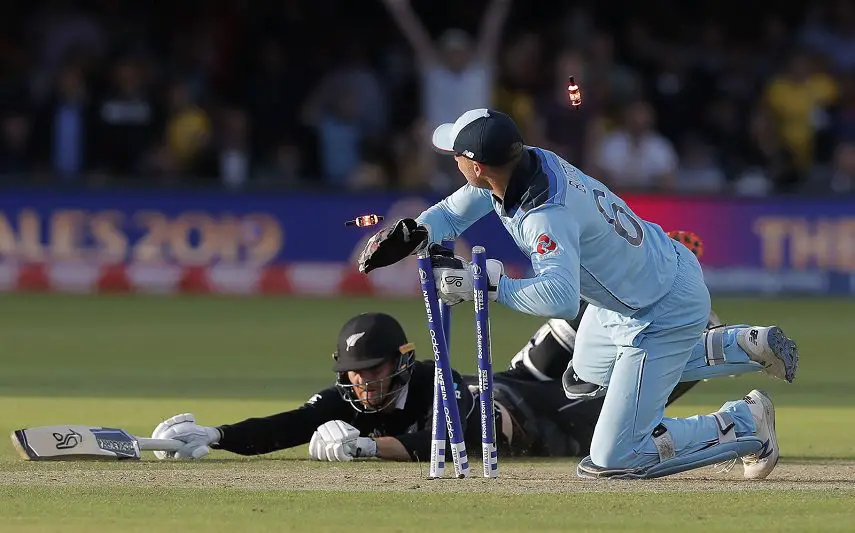Table of Contents
Official limited overs cricket matches were introduced in England in the 1960s. The international game followed suit in 1971 and the various formats are arguably the most popular within the sport.
The Difference between Test and Limited Overs Cricket
So what are the main differences between test cricket and limited overs cricket? Test cricket follows the laws of the first class game and matches are scheduled to take place over five days.
In contrast, all limited overs formats start and finish inside a single day.
Limited Overs Cricket: A Change in Length and Pace
The concept of limited overs cricket had been around for some time but the first official tournament was played in England in 1963. The Gillette Cup was played on a 65 overs per side basis with the side scoring most runs in that time being declared as the winners.
Over time, the competitions shortened and domestic tournaments around the world featured 60 Over, 55 Over, 50 Over, 45 Over and 40 Over matches. In the present day, One Day Cricket is standardised at 50 Overs per side. Organisers brought in the new format in a bid to make the sport more exciting and to attract new audiences.
Introduction to One Day Cricket Rules
Limited Overs Cricket is a term used to describe all matches that are scheduled to start and finish in a single day. The phrase can refer to 50 Over matches, Twenty20 cricket and the new 100-ball format.
The bond that links all three forms is that fact that the overs are restricted. In all three cases, innings are limited to a certain number of overs.
One Day Cricket is another common term but, strictly speaking, this should only refer to the 50-Over format. If the phrase is used in conjunction with Twenty20 and 100-ball then, technically, this is incorrect. One Day Cricket should specifically relate to 50 Overs per side games.
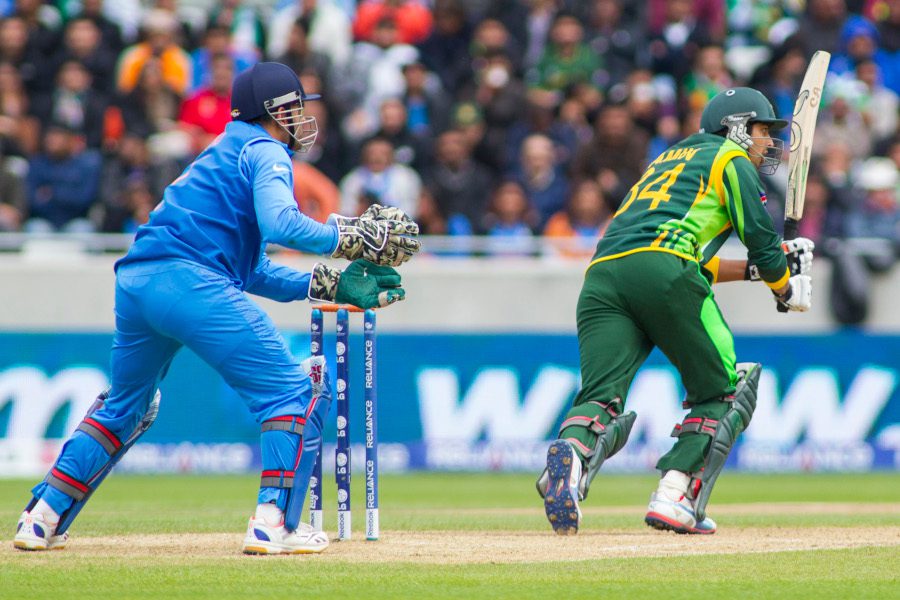
The Structure of a One Day Cricket Match
One Day Internationals
In modern day ODI cricket, both teams have a maximum of 50 Overs in which to bat. The bowling side has 3.5 hours in which to complete those 50 overs and there can be penalties if they don’t achieve this.
There is only one scheduled break in this format and it is set to take place between innings. Players will break for 45 minutes and play will then resume with the second innings of the match.
There are no provisions for drinks breaks but, if the conditions are particularly hot and humid, the umpires may agree with the two captains to allow drinks at certain intervals.
Twenty20
Twenty20 Cricket also has one scheduled break and this takes place between the two innings. This is a fast paced version of the game and, as such, the time allotted for the innings break is set at just ten minutes.
In certain tournaments, most notably the Indian Premier League, there is room for time outs. At the IPL, there are two of these and they last for two and a half minutes each. In T20 Internationals, there is no provision for time outs.
Each of the two innings is allotted a 90-minute time period and the bowling side must complete their overs within this slot or they can face penalties.
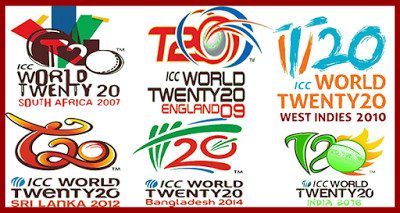
100-Ball Cricket
A brand new format of the sport debuted in 2021 with England and Wales hosting the first ever edition of 100-ball cricket. The games are intended to be completed within a total of two and a half hours with each batting side set to receive 50 balls. Ten balls will be delivered in sequence before there is a change of ends.
There will be a short break between innings and there is consideration for what are referred to as ‘strategy breaks’. This new format is the first to adjust the classic laws of cricket and it is likely to evolve in terms of its structure once that debut season has been completed.
One Day Cricket Laws
With the exception of The Hundred, limited overs cricket follows the laws of the game in most instances. For example, there are six ball overs, wides and no balls are conceded by the bowling side in the same fashion while the ways in which a player will be dismissed remain the same.
There are some subtle differences including the fact that no balls will be followed up by a free hit. As the free hit is delivered, batsmen can only be dismissed via run outs or obstructing the field.
Player Restrictions
The most important twist to the laws relates to fielding restrictions: Depending on the exact point within the game, the bowling side must have a certain number of fielders placed within a 30 yard fielding circle which is clearly marked on the outfield.
The first ten overs of a 50-Over match are referred to as the Mandatory Powerplay. During this period of the game, no more than two fielders are allowed outside of that 30-yard circle. During overs 11-40, restrictions are loosened and up to four fielders are now permitted to stand outside of that circle.
The final phase of the game takes place between Overs 41-50. During this period, the captain of the bowling side is allowed to place up to five fielders beyond the 30 yard circle.
In Twenty20 cricket, the mandatory powerplay takes place in the first six overs. During the powerplay, a maximum of two fielders are allowed to be outside of the 30 yard fielding circle. From overs seven to 20, up to five fielders are allowed outside of this circle.
The Duckworth Lewis Stern Method
The vast majority of limited overs matches must be completed within that one-day timeframe. For the most important games such as semi finals and finals of major tournaments, there may be a reserve day set aside if weather conditions force the players off the field for extended periods of time.
For those games that don’t have a reserve day, there are calculations in place which will determine the winner and these are provided by the Duckworth Lewis Stern Method. Originally known as the Duckworth Lewis method, it was first developed in 1997 and subsequently adopted by the official cricketing authorities two years later.
Duckworth Lewis Stern is a mathematical formula primarily used to recalculate targets if a game is curtailed by rain or other weather conditions. For example, in a 50-Over game, Team A may have scored 320 on first innings. After fifteen overs of Team B’s reply, rain falls and there is only enough time for a total of 30 overs in that second innings.
It would be unfair and unlikely that Team B would be able to reach 320 in 30 overs so Duckworth Lewis steps in to calculate a revised target. That target would be dependent on overs left and, also, on the number of wickets lost by Team B.
Using the same scenario, Duckworth Lewis Stern can also calculate the total required to win if the rain doesn’t allow the match to continue beyond the fifteen overs of Team B’s reply.
The exact formula used is exceptionally complex but it is accepted as a fair way in which to decide matches where poor weather conditions have intervened. At professional level, the Duckworth Lewis Stern par score is clearly shown on the scoreboard so that players and spectators have a clear understanding of what targets are needed in the event of the two sides having to leave the field.
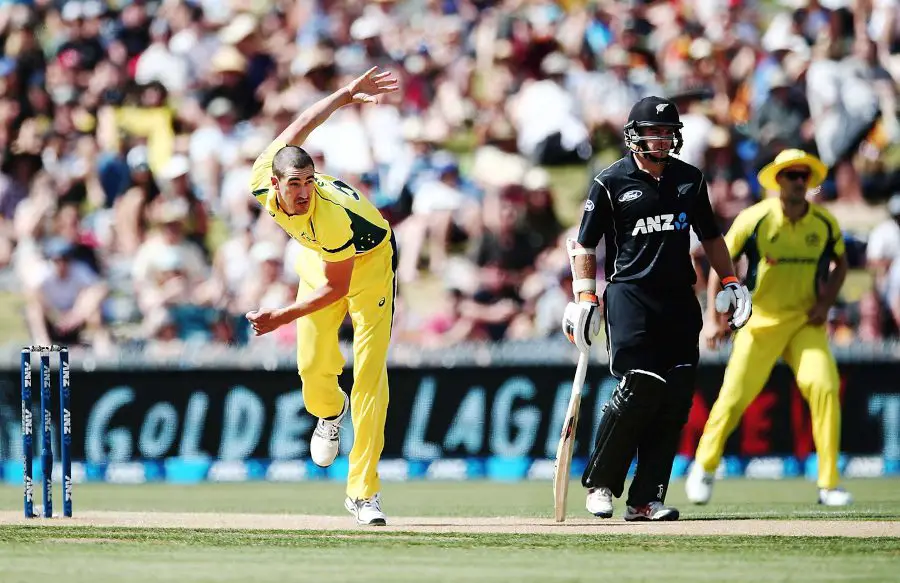
List of Teams with ODI Status
As of May 2021, there are 12 teams with permanent ODI status and they are:
- Australia
- England
- New Zealand
- Pakistan
- West Indies
- India
- Sri Lanka
- South Africa
- Zimbabwe
- Bangladesh
- Afghanistan
- Ireland
These are the 12 test playing nations and they are listed in the order in which they played their first ODI. In addition to the above 12 teams, there are another eight countries with temporary ODI status at the time of writing. Those countries are:
- Scotland
- United Arab Emirates
- Nepal
- The Netherlands
- Namibia
- Oman
- Papua New Guinea
- United States
Temporary ODI status can be granted by the International Cricket Council (ICC), based on performances at major tournaments and in qualifying matches for those events. That particular temporary list will remain in place and be reassessed when the 2022 Cricket World Cup Qualifiers are completed.
There is, effectively, a system of promotion and relegation as far as those temporary member countries are concerned. Anyone performing strongly in ICC qualifying events and major tournaments has the capacity to join the temporary group while nations with poor records can drop out.
In Summary
One Day Cricket has progressed strongly since the early days of 1963 when the first official competition was introduced. Official World Cups exist in both of the major limited overs formats and the sport now has a brand new competition in the shape of The Hundred.
Twenty20 is exceptionally popular with domestic and international stadiums around the world filled to capacity for all matches. It’s arguably the most popular style of cricket and one that is set to develop further in the years that lie ahead.

